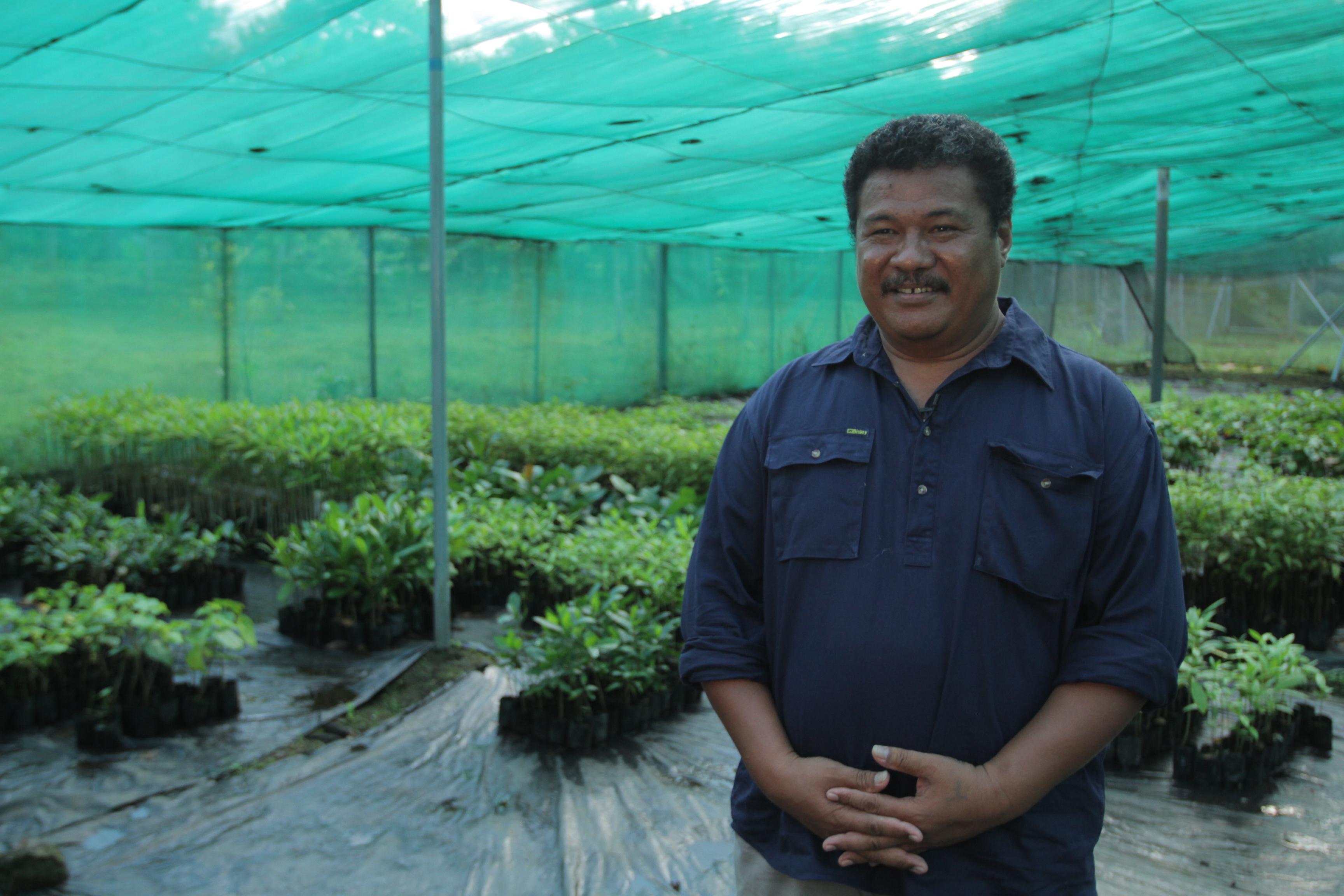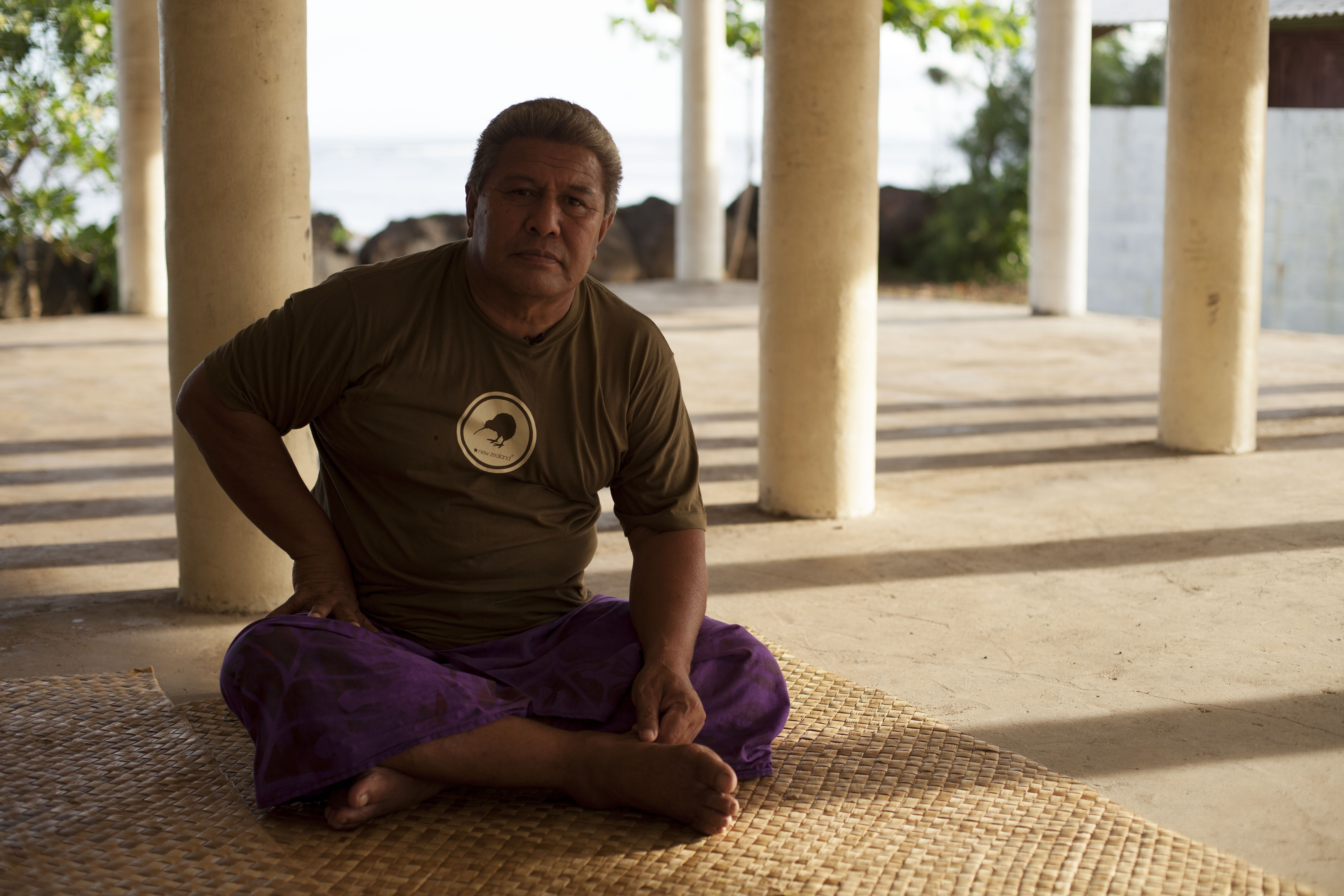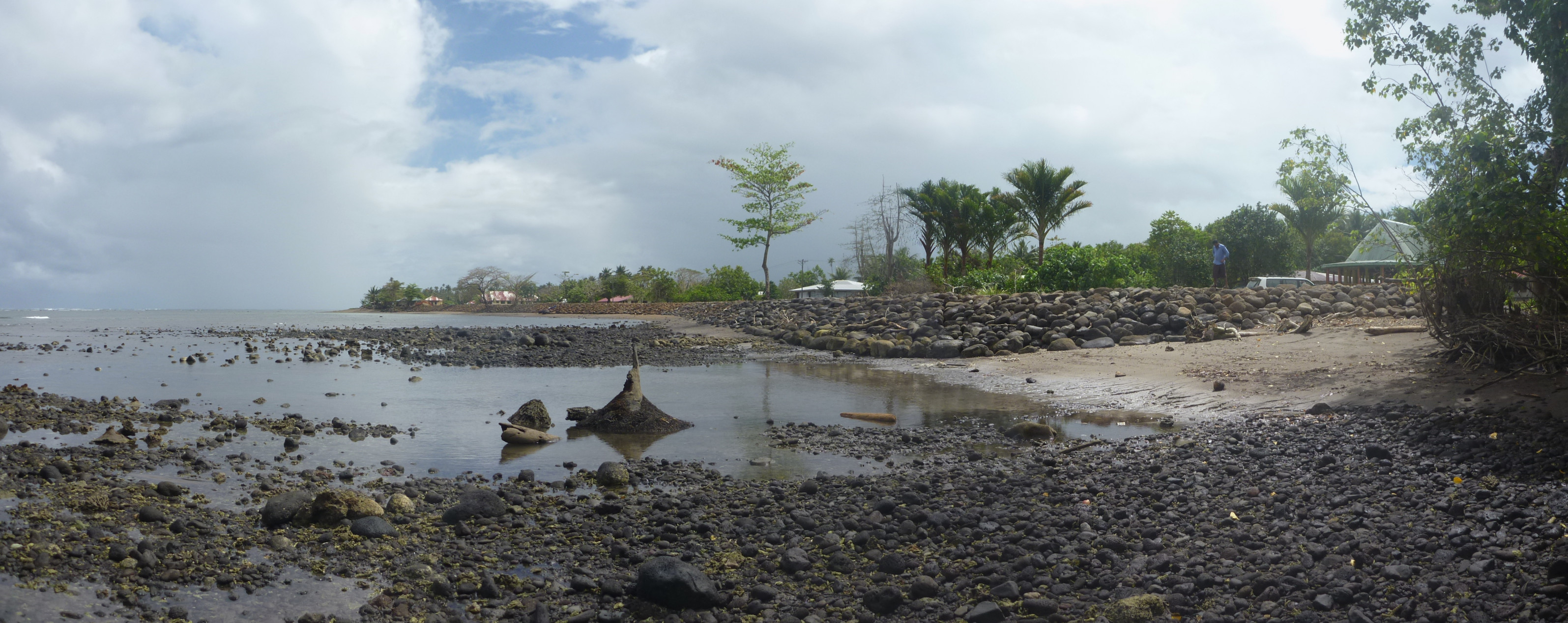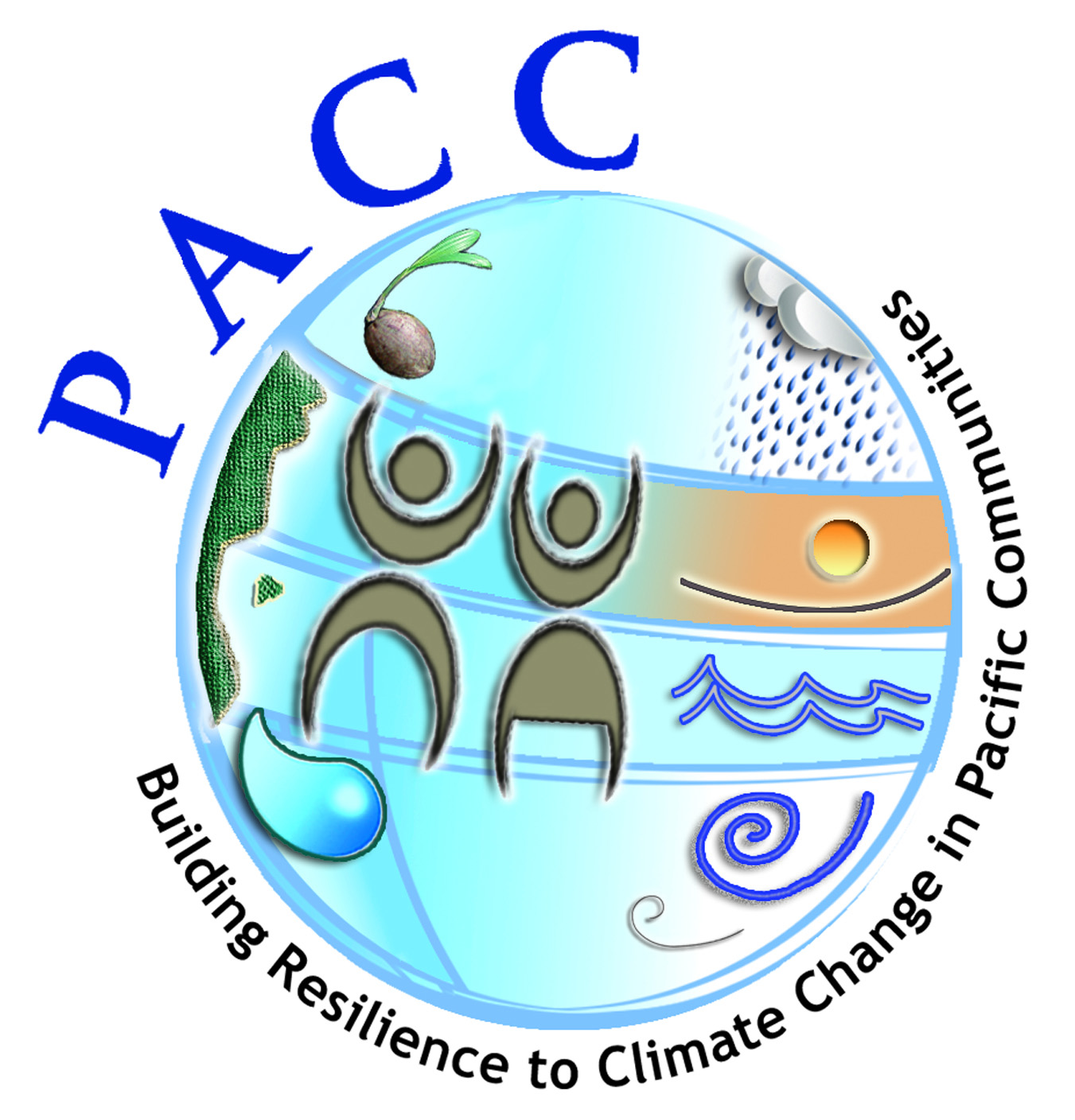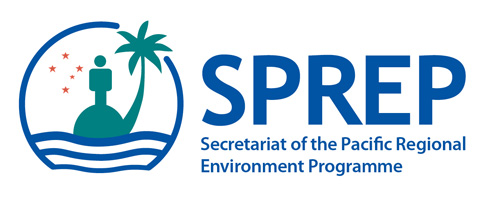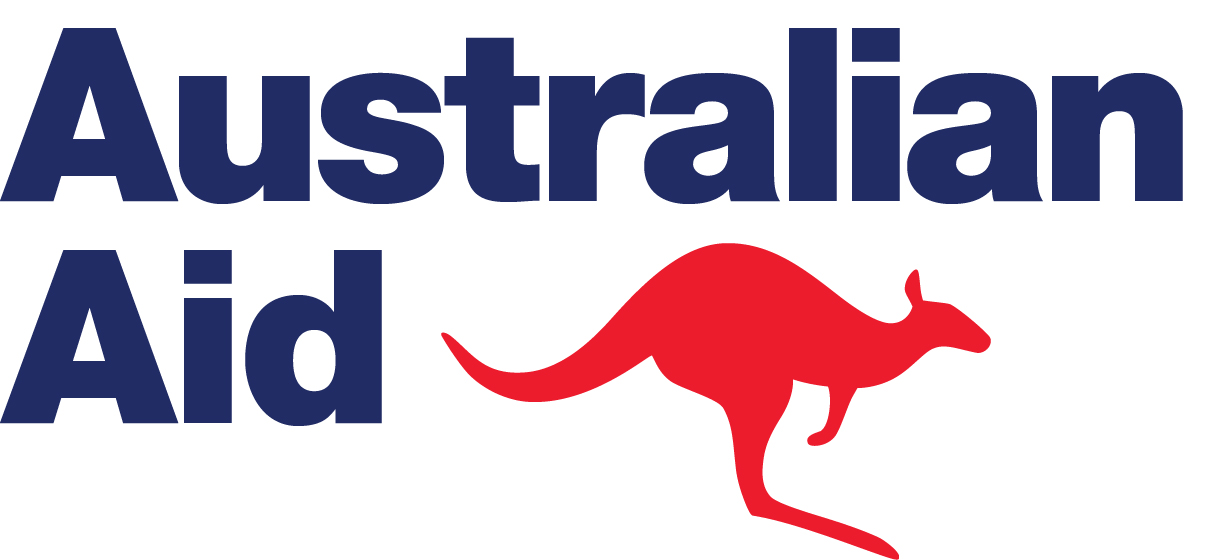PACC Samoa
Project Overview
PACC Samoa: Integrating coastal community defense and erosion control under climate risk considerations
In Samoa, the PACC project aimed to enhance the adaptive capacity of coastal communities, their socio-economic activities and the infrastructure they rely on. By integrating climate risks considerations into coastal community defense and erosion control, PACC Samoa increased the resilience of its coastal communities and infrastructure to the impacts of climate change.
For more information on the 13 additional participating countries and the overall PACC Programme, click here.
Project Details
Samoa is an island nation in the tropical cyclone region of the South Pacific. Its climate is typical of small tropical islands, with high rainfall and humidity and distinctive wet and dry seasons. However severe tropical cyclones occur during the summer months of December to February. Samoa is also vulnerable to anomalously long dry spells that coincide with the El Nino South Oscillation (ENSO) phenomena. The economy of Samoa has traditionally been dependent on agriculture, fishing, development aid, and family remittances from overseas. Agriculture employs two-thirds of the labour force and accounts for 90% of exports. Highly susceptible to climate change, however, the agricultural sector is now threatened.
About 70% of Samoa’s population and infrastructure are located in the coastal area. This is a serious concern: nearly all the coastal settlements in Samoa are located in low-lying areas and are very vulnerable to sea level rise and extreme events such as cyclones, prolonged droughts and coral bleaching stimulated by extremely low tides.
PACC Samoa aims to improve the adaptive capacity of its coastal communities by incorporating climate risks into key development sectors. By reinforcing existing coastal infrastructure, planting coastal vegetation and promoting coastal resource use changes (e.g. reducing sand-mining by local communities, promoting conservation), climate-induced degradation and erosion of coastal areas and infrastructure is being reduced.
As of April 2012, actions taken at the ground level include:
- Coordinating community consultation and engagements – to inform the communities of the roles and expectations of the project, encourage their support as well as facilitate ownership of the initiatives;
- Undertaking site specific vulnerability and adaptation assessment, Socio-economic assessment – to assess the level of vulnerability and existing coping methods. The results of these assessments inform the screening and selection of appropriate adaptation options to implement;
- Constructing coastal protection mechanism;
- Re-vegetation of selected coastal areas;
- Developing a bylaw for Tafitoala to manage its water resource.
- Holding apacity building workshops and seminars for the community on the importance of selected adaptation options.
- Awareness programmes during the Annual National Environment Week.
Key Results and Outputs
The first of the PACC outcomes is devoted to mainstreaming. The PACC approach to mainstreaming has a dual purpose: 1) to strengthen the ability of institutional frameworks, policies and plans to take climate change risks into consideration and 2) to improve the capacity of key national government and community decision-makers to integrate adaptation measures in key decisions.
The second PACC outcome is to design and demonstrate innovative decision systems, approaches, technologies and practical measures to improve climate-resilience.
The third outcome, Technical Support and Communication, is to ensure that results and lessons from the PACC project are shared regionally and globally. The goal is also to bring together new knowledge generated through the project as the basis for a strategic regional approach to climate change adaptation among Pacific Island Countries and Territories.
Key Results
- National adaptive capacity developed
- Community vulnerability to climate change reduced
- Technical assistance & Regional Cooperation
Outputs
- 1.1 Technical capacity of key decision makers developed
- 1.2 Institutional coordination mechanisms established
- 1.3 Tools to assess economic costs of adaptation developed and utilized
- 1.4 Legislative and policy directives prepared and adopted
Reports and Publications
Examples of Cost- Benefit Analysis Reports
Multimedia
PACC Samoa: Vital Coast
The Samoa PACC project is working with the government to implement a community-based integrated coastal protection model, to increase the resilience of its coastal communities and infrastructure to the impacts of climate change. The project is working at three sites – Tafitoala village on Upolu and Lefagaoalii and Lalomalava on Savai’i
